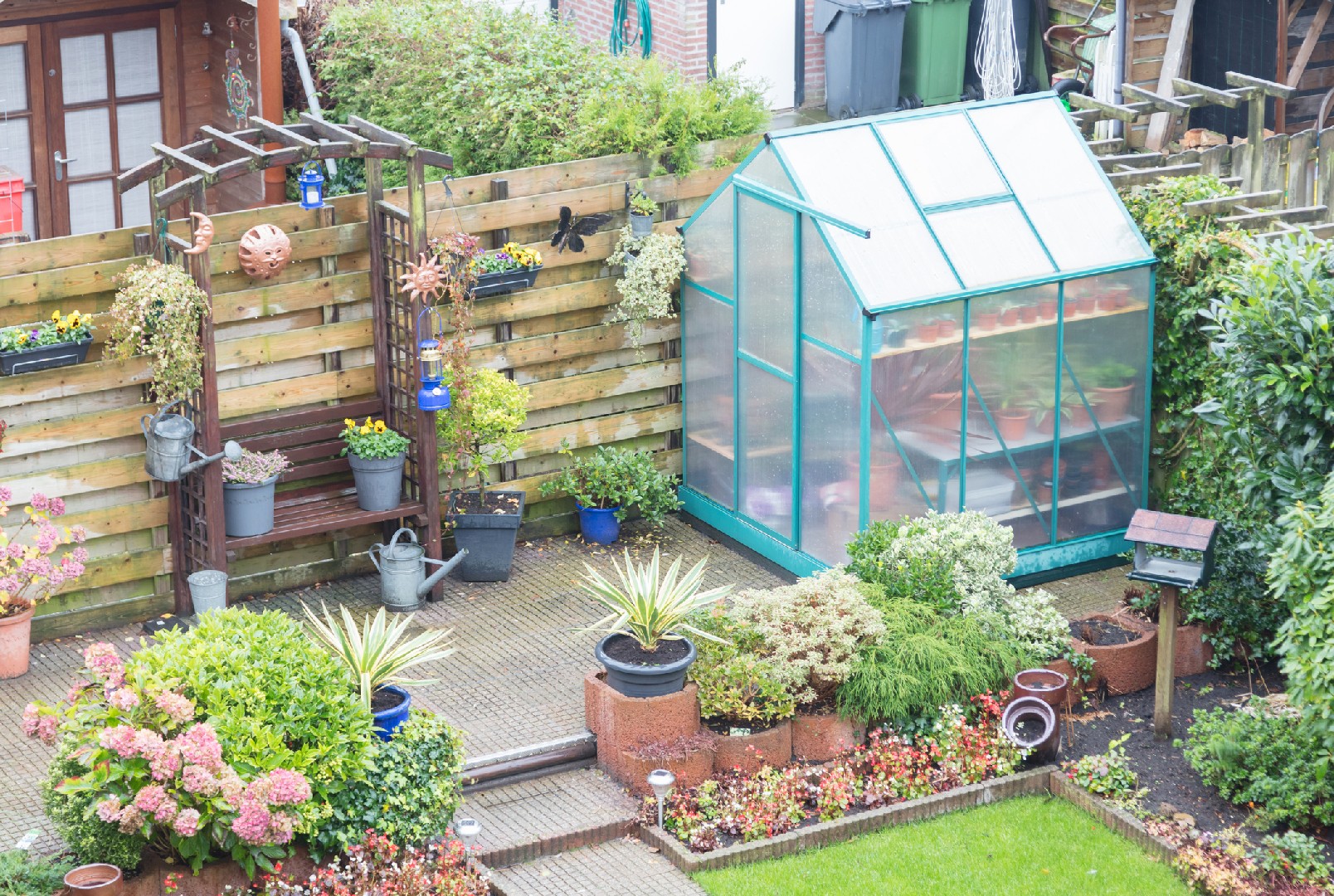![Rectangle]()
Organizing Your Garden Essentials
When it comes to maintaining a small garden, effective storage solutions are key to making the most of your space. To keep your garden essentials organized and easily accessible, it is important to categorize them and implement labeling and other organizing techniques. This not only saves you time and effort, but also ensures that you have everything you need close at hand.
One helpful tip for categorizing your garden essentials is to group them based on their function. For example, you can have separate categories for tools such as shovels, rakes, and shears, as well as for gardening supplies like pots, seeds, and fertilizers. By keeping similar items together, you can easily locate them when needed and avoid the frustration of searching through clutter.
Labeling is another effective technique for organizing your garden essentials. By labeling containers, shelves, or storage bins with the contents inside, you can quickly find what you are looking for. You can use adhesive labels, a label maker, or even create your own handwritten labels. Make sure to use clear and easy-to-read labels to avoid any confusion.
Routine re-organization is also key to maintaining a tidy garden space. As your garden evolves throughout the seasons, you may acquire new tools or supplies. It is important to regularly assess your storage needs and adjust the organization system accordingly. This could involve rearranging items, adding new storage solutions, or decluttering unnecessary items. By staying on top of your organization, you can ensure that your garden remains an enjoyable and functional space.
In addition to categorization, labeling, and routine re-organization, there are other methods and skills that can further enhance your small garden storage solutions. Utilizing vertical space, such as hanging hooks or wall-mounted shelves, can help maximize storage capacity. Installing pegboards or magnetic strips can also provide an efficient way to store tools and accessories within easy reach.
Furthermore, investing in multi-functional furniture or storage containers can provide additional storage options while also serving other purposes in your garden. For example, a bench with built-in storage can be used to store cushions, gardening gloves, or small tools. Similarly, decorative storage boxes can be used to store small items like seeds or labels, while also adding a touch of style to your garden.
By implementing these methods, skills, and knowledge, you can create a well-organized small garden storage system that not only saves space but also enhances the functionality and aesthetics of your garden. So, take the time to assess your storage needs, implement effective organizing techniques, and enjoy a more organized and efficient gardening experience.





